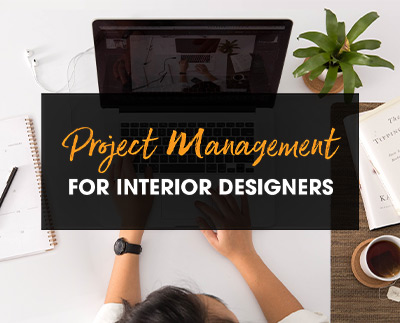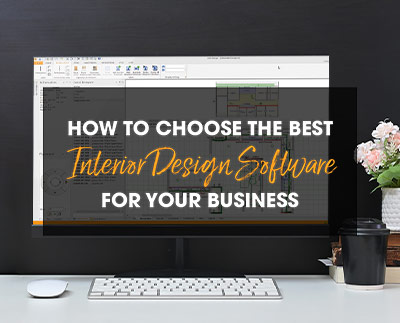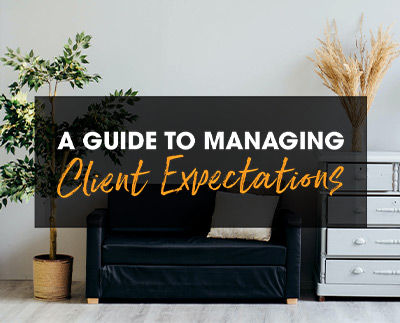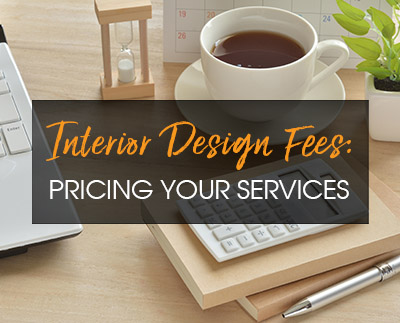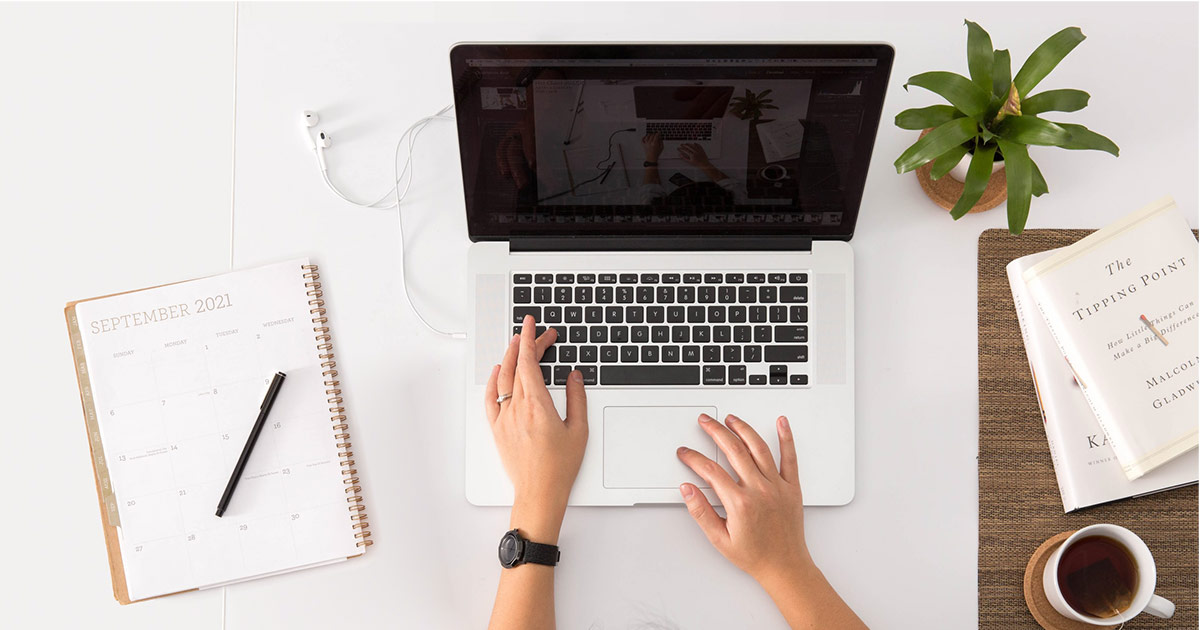
Project management for interior designers is all about staying organized. Whether it’s creating a schedule, setting and communicating deadlines, budgeting, or delegating work, if you don’t keep track of all details, no matter how big or small, some things are bound to slip through the cracks.
Organizing your interior design projects isn’t easy, especially if you’re juggling multiple projects at the same time. Here are 6 tips that will help you manage your schedule and stay on top of all your tasks, eliminating mistakes and providing a painless design experience for your clients.
Project management for interior designers
1. Set a morning routine
There’s nothing quite like a morning routine to help you stay organized. We understand not all projects are the same, but following a routine will allow you to tackle certain tasks at more or less the same time each day, ensuring you cover all grounds.
Here’s an example of an interior designer’s morning routine:
9:00am: Check and respond to text messages and voicemails
10:00am: Check and respond to emails
11:00am: Get in touch with client, contractor, and/or retailers for any questions and follow-ups pertaining to the advancement of the project
12:00pm: Lunch
We specify the morning routine because it affects how the rest of your afternoon will play out. Whether you’ll have to make design revisions, visit the site, place/change orders, etc. will most likely be determined by the communication that takes place at the start of your workday.
Your routine doesn’t have to be set in stone because this line of work requires some flexibility, but following it on most days is very helpful when it comes to project management for interior designers.
2. Set a project schedule and communicate timelines for each phase
If you set a schedule for your project, you must be ready to commit to it. The most important thing is to manage client expectations by giving your clients realistic timelines for each phase of the design and sticking to them.
Write down all the steps and tasks you’ll have to undertake to complete your interior design project.
A typical project includes (but is not limited to):
- Initial consultation (you can use this client questionnaire as a starting point)
- Taking measurements and photos of the space
- Determining project scope and size
- Concept design (space planning, mood boards, 3D designs, etc.)
- Design presentation and sign-off with client
- Getting bids from contractors and hiring the right one for the project
- Procuring permits if necessary
- Budgeting (more on that later)
- Sourcing materials, light fixtures, hardware, furnishings, cabinetry, appliances, etc.
- On-site visits to make sure everything is on track
- And more
In order to determine the estimated timeline of the construction phase, you’ll have to coordinate with your contractor, installers, engineer, electrician, plumber, and any other worker involved. Once that’s done, you can input phase completion dates in your calendar and share them with your clients.
Note: You should never start a project without having drafted and signed an interior design contract first. This will protect you should there be any delays that are out of your control.
3. Brush up on your budgeting and invoicing skills
Having an unlimited budget to work with is the dream, but those types of projects are few and far between, unless you’re a luxury designer. Most projects will require you to stick to a budget that is established even before the work starts.
Project management for interior designers requires you to have budgeting and invoicing skills to set realistic expectations for your clients. This is mainly acquired with experience – knowing what is worth splurging on, what areas you can save on, what typical furnishings cost, what major structural changes cost, etc.
Invoicing, on the other hand, can certainly be learned. You’ll be invoicing for the time spent on research, design, travel, and communication (here’s a guide on interior design fees). You’ll also have to include contractor fees, furnishing fees, and any other fees and costs involved in the project.
Note: Keep records (receipts) of all transactions made and all materials, supplies and furnishings purchased, so you can present them to your clients should they ask for them.
4. Delegate your work
If you’re an independent interior designer and you’re overwhelmed with all the administrative work, it might be a good idea to hire some help. If you already work with a team and have resources you can use, do not hesitate to delegate some of your work.
If designing is your main priority, you should focus most of your time and energy on that. Delegating work according to your team’s strengths will ensure that other aspects of the project are taken care of while giving you the time you need to create a design that will fulfill all of your clients’ requirements without compromising on quality.
5. Look for an interior design project management software
Whether you’re a solo designer or you work within a larger company, an interior design project management software will really help keep all your tasks – as well as your team’s tasks - organized and will improve overall efficiency.
These types of applications that are specifically geared toward interior designers offer tools that will help you prepare and send contracts, communicate with clients, share your designs, prepare accurate quotes, nurture prospects, manage orders from manufacturers and suppliers, and so much more.
Here’s a great cloud-based business project management solution that will make project management for interior designers far less complicated than it has to be. It can be easily integrated with this kitchen and bathroom design software.
6. Organize your digital files
Our final tip is probably the easiest one on the list and can be implemented immediately, and that is digital file organization. You should have a primary folder for all your clients and several sub-folders that contain records such as invoices, proposals, questionnaires, budget, notes, images, design files and presentations, drawings, quotes from vendors, schedules, etc. If you want to get into the nitty gritty of how to organize your digital folders, check out this post.
Make sure you use proper naming conventions for all your folders so they are easy to find when you need them. Nothing is more frustrating than being on a wild goose chase when you have the client on the phone asking specific questions, the answers to which are hidden in the depths of your hard drive.
Want more content?
How to Choose
the Best Interior Design Software for Your Business
This eBook covers key points for choosing the best interior design software for your business, including identifying business needs and bottlenecks, professional features to look out for, and more.
Related posts
Share this Post

